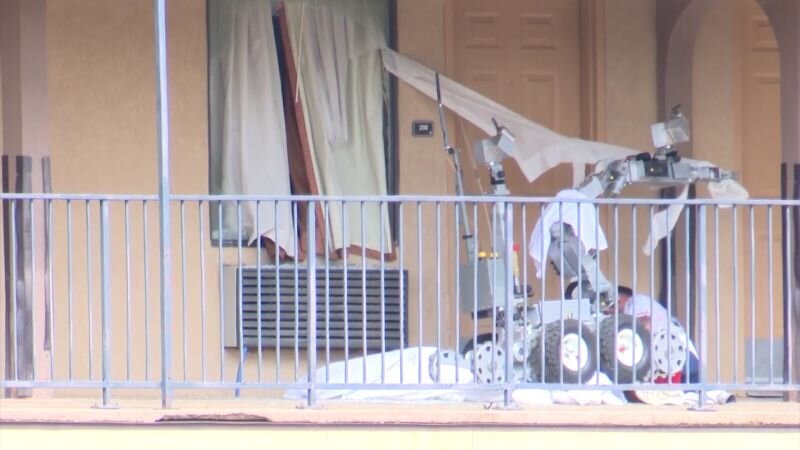In a startling and controversial incident, a robotic unit deployed by law enforcement fired tear gas and subsequently ran over a man during a police standoff. This occurrence has sparked widespread debate over the increasing reliance on robotics in police operations.
The incident unfolded during a tense standoff where traditional means of negotiation had failed. Equipped with the latest in robotic technology, the unit was sent in to manage the situation. However, what was intended to be a controlled and precise response quickly escalated into a disturbing sequence of events.
According to eyewitnesses, the robot, designed to handle a variety of law enforcement scenarios, released tear gas to incapacitate the suspect. However, the situation took a terrifying turn when the robot moved forward, striking the man. This unexpected action prompted immediate concerns about the safety protocols and control mechanisms governing such advanced technology.
Critics argue that the deployment of robots in scenarios involving human lives requires rigorous testing and failsafe mechanisms to prevent such accidents. The incident raises urgent questions about the ethical and practical implications of using autonomous or semi-autonomous machines in law enforcement. Given the high stakes, any malfunction or human error in programming these machines can lead to severe consequences.
Advocates for robotic assistance in police operations highlight the potential for these devices to defuse dangerous situations without putting human officers at risk. They emphasize that with improved technology and better oversight, robots can play a crucial role in modern law enforcement. However, this incident underscores the necessity for stringent guidelines and comprehensive training to ensure such technology serves to protect and not harm.
The police department involved has initiated an internal investigation to ascertain the technical and operational failures that led to this mishap. Meanwhile, civil rights organizations and tech ethicists are calling for a pause and reassessment of robotics in frontline police duties until robust safeguards are implemented.
This incident may prove to be a critical juncture in the ongoing discourse about the role of artificial intelligence and robotics in society. As the tech industry continues to innovate, the balance between technological advancement and human safety remains a pivotal concern that must be addressed with foresight and responsibility.


